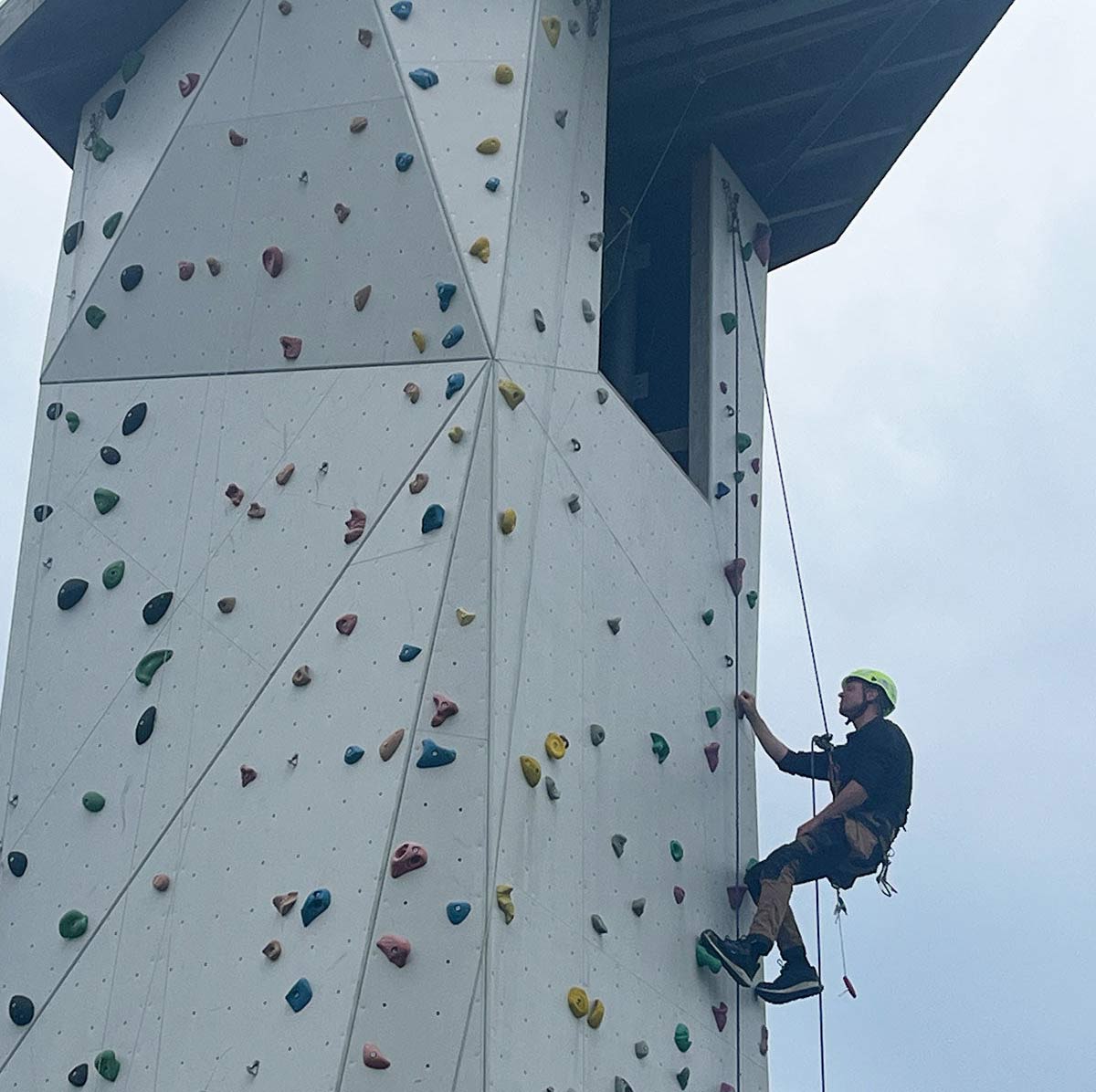
Guide to Operating and Inspecting Climbing Facilities
Regular inspections and maintenance are essential to ensure safety and prolong the life of climbing facilities. In this guide, we walk you through how to structure a solid maintenance plan for both...

Climbing as an investment in children's development
Climbing has long been an adult sport in Denmark, but we are already seeing how teenagers and young people are drawn to the sport because of its unique combination of physical and mental developmen...

The Climber's Posture - How to Fight the Known Stature
Understanding a climber's physique reveals the distinctive 'climber's posture'—a hunched back and forward head, shaped by overdeveloped lat muscles from constant pulling motions. Combatting this po...

5 popular climbing spots close to Denmark that you simply MUST visit
Top Climbing Spots Near Denmark: Explore Kullen's scenic cliffs, Kjugekull's premier bouldering, Bohuslän's challenging cracks, Bornholm's emerging routes, and Gothenburg's versatile crags. Perfect...

It's All About Route Setting - PART 1
In my time as a route setter there is one question, people keep asking me; “from where do you get the ideas?” They ask how do we know where the holds should be placed; have we drawn it in advance a...

It's All About Route Setting - PART 2
The two first steps were about the creative process of imagining the idea and shaping it into something that fits what you need to set. When the idea is ready then the two last steps can begin: Set...

What is Bouldering? Everything You Need to Know: Tips, Tricks, and Hacks for Beginners!
In simple terms, bouldering is climbing without ropes on large boulders or rock-like structures. The only essential gear you need to start bouldering is a pair of climbing shoes. Curious about boul...

Types of Climbing and How to SUCCEED at Them
Climbing has evolved throughout the years, from being an alpine necessity to an actual athletic sport. Some types are more dangerous and challenging than others.

Safety first! How to Fall Correctly in Bouldering and Tips to Avoid Injuries
Bouldering is thrilling because it involves minimal gear—just shoes and chalk—and you’re free to tackle problems on 3-5 meter walls. But with climbing comes falling, and it’s crucial to know how to...

Climbing Holds and How to Hold Them
There is many types of climbing holds and terms to remember. But don't worry, it will be quite easy to do so as the names make lot of sence. This is an overview of the various holds and ways of hol...

Ready to Elevate Your Climbing Skills? Read On!
Enhance your climbing prowess with these essential tips: refine your technique through focused practice, build mental resilience with controlled falls, and bolster physical strength with targeted e...

